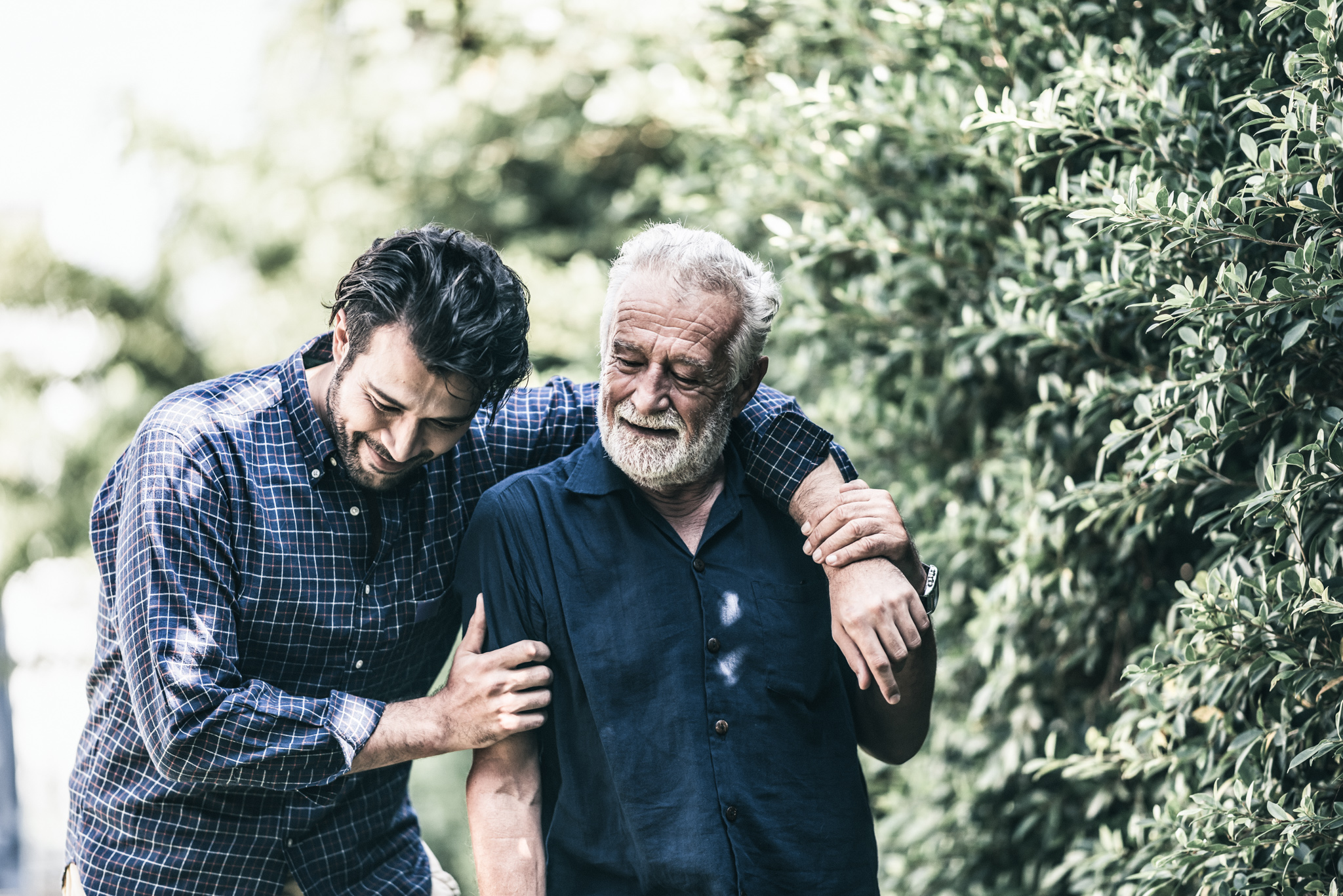By: Angel Whitaker, RT(R)(MR)(CT) | MRI Imaging Supervisor
A stroke is always an emergency.
If you have signs of a stroke, you should call 911 immediately and document the time that the symptoms started. Time lost is brain lost regarding a stroke, so it is important to receive care immediately.
How do you recognize stroke symptoms?
Just remember, B.E.F.A.S.T.
Balance – Is balance or coordination being affected?
Eyes – Does vision seem to be blurred, or is there a complete loss of vision?
Face – Does one side of the face droop when smiling?
Arms – Does one arm drift downward when both arms are raised?
Speech – Is speech slurred or strange when repeating a simple phrase?
Time – If you see any of these signs, call 911 immediately.
Other signs and symptoms include:
- Sudden numbness or weakness in the face, arm, or leg, especially on one side of the body.
- Sudden confusion, trouble speaking or difficulty understanding speech.
- Sudden trouble walking, dizziness, loss of balance or lack of coordination.
- Sudden severe headache with no known cause.
What else do I need to know?
In the United States, stroke is the 4th-leading cause of death and the No. 1 cause of adult disability. It is estimated that someone will have a stroke every four seconds, leading to over 800,000 strokes each year.
But, 80% of strokes are preventable. Eating healthy meals, maintaining a healthy weight, getting 2 ½ hours of physical activity each week, not smoking, controlling diabetes, treating heart disease, lowering blood pressure and cholesterol and reducing alcohol consumption are all ways to decrease your stroke risk.
However, if someone does arrive at the emergency room with stroke symptoms, they’ll have a physical exam, as well as a CT scan and possibly an MRI, to determine what type of stroke they are having. This helps the physician determine the best treatment option.
A CT scan is a painless, quick scan and is usually the first imaging test a patient will have if they have stroke symptoms. An MRI, a painless scan that takes about 15 minutes, is often used as the next step in stroke diagnosis. For both a CT and MRI, it is important to hold still during the test so the patient gets an accurate diagnosis. Movement during the test causes the images to be blurry which can make an accurate diagnosis difficult.
After a stroke
Patients can expect the need for speech therapy, physical therapy and occupational therapy. Speech therapy helps if a patient has a hard time speaking or understanding speech after a stroke. Physical therapy helps re-learn movement and coordination skills, while occupational therapy helps improve daily activities like eating, drinking, dressing, bathing, reading or writing.
One of the most important things to remember is that strokes can affect anyone at any age, although the highest risk is often for those 65 and older. If you have stroke symptoms or notice symptoms in someone else, at any age, it is important to be treated immediately to have the best chance at survival and recovery.
Northeast Georgia Medical Center has a complete stroke program that offers emergent treatment in the emergency room, as well as inpatient and outpatient services to help with recovery.


